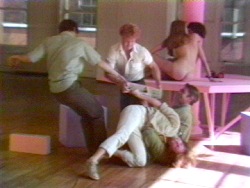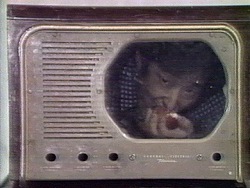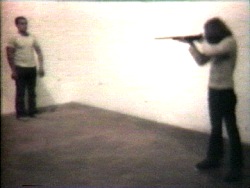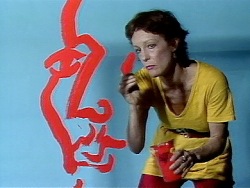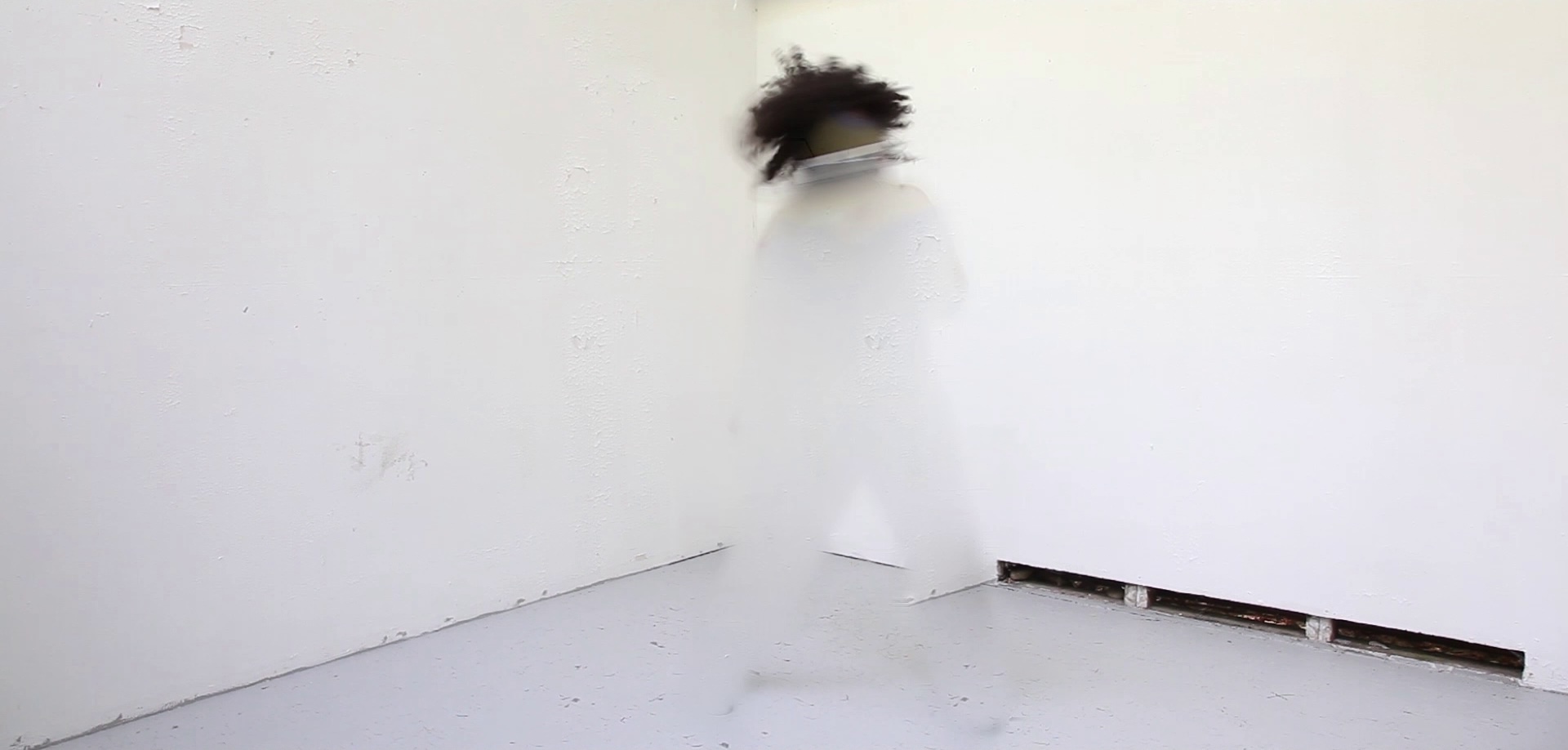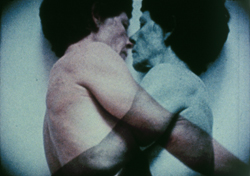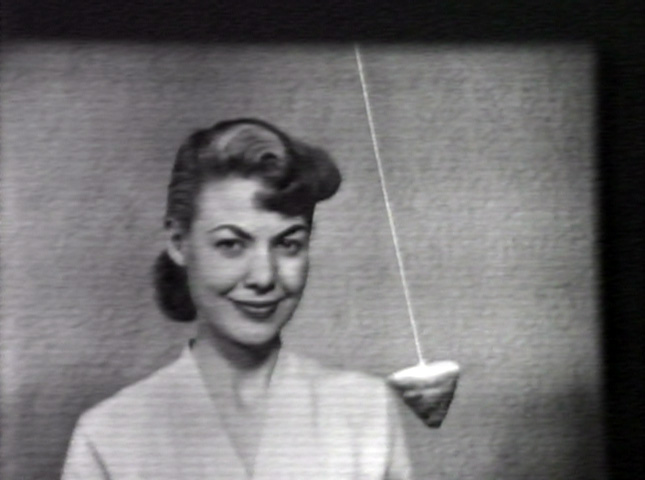Search Results
Search Results
Title Results
Your search returned 789 Titles
Conceptual artist Lawrence Weiner employs minimalist props and scenarios to stage an oblique drama. The performers enact a series of choreographed exercises; their physical interactions with one another, and with the distinctively colored and shaped objects in the space, evolve in shifting relationships that become a kind of language. A multi-layered soundtrack suggests linguistic, rhetorical and philosophical puzzles. This performance translates themes and strategies seen in Weiner's conceptual artworks into the realm of theater.
Documenta 6 Satellite Telecast
Joseph Beuys, Douglas Davis, and Nam June Paik
1977, 30 min, color, sound
Documenta, held every five years in Kassel,Germany, is one of the largest and most important contemporary art surveys. In 1977, Documenta 6 featured the first live international satellite telecast by artists. Performances by Nam June Paik, German conceptual artist Joseph Beuys, and Douglas...
Chris Burden's provocative, often shocking conceptual performance pieces of the early 1970s retain their raw and confrontational force in these dramatic visual records, shot on Super-8, 16mm film, and half-inch video. Guided by the artist's candid, explanatory comments on both the works and the...
Accompanied by Wegman's inimitable deadpan narration, Dog Baseball is a humorous, affectionate homage to two of America's most cherished passions: dogs and baseball. Wegman puts a new spin on the old game as he plays opposite a canine team, with the dogs' owners in attendance to cheer their team...
Writes Alice Weiner: "Done To consists of simple camera frames which are silent and/or unconnected to a complex soundtrack running parellel to the images. There are brief instances where image and sound meet; however, the majority of the images are overtaken by at times symphonic, at times cacophonous soundtracks which displace the normal filmic viewing experience. The standard film format for going from frame to frame — and then and then and then — is what the film is concerned with..."
Inspired by the science fiction story Universe by Robert Heinlein, Double Lunar Dogs is an Orwellian vision of post-apocalyptic survival aboard a drifting spaceship whose timeless travellers have forgotten the purpose of their mission. To recapture memory and create a continuum between their...
"A poetic study of the stages of a lesbian relationship by two women performance artists from honeymoon, through struggle, to break-up, to enduring friendship. Starring Terry Sendgraff on trapeze." — Barbara Hammer
In the first episode of the misadventures of his alter-ego "Mike," Smith introduces his deadpan anti-hero in a day-in-the-life story that is saturated with references to the junk-television culture of the '50s, '60s and '70s. A puzzled innocent who throws a party to which no one comes, Mike...
